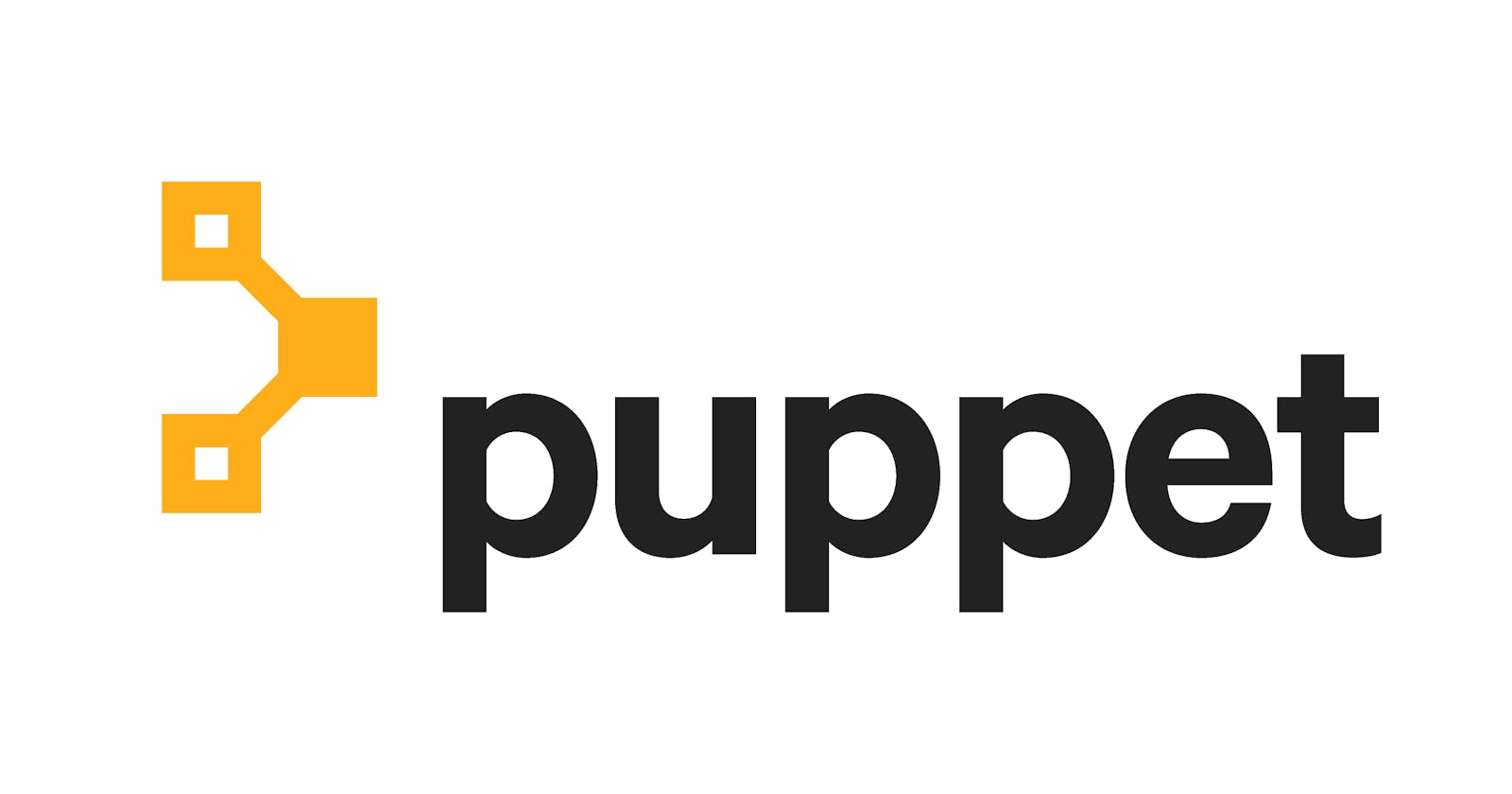Demystifying Puppet: Simplifying Configuration Management
In the realm of DevOps and infrastructure automation, Puppet stands out as a powerful configuration management tool that helps streamline the management of IT infrastructure. In this article, we'll explore what Puppet is, how it works, its use cases, competitors, and other essential aspects.
What is Puppet?
Puppet is an open-source configuration management tool designed to automate the provisioning, configuration, and management of IT infrastructure. Developed by Puppet, Inc., Puppet uses a declarative language to define system configurations, allowing administrators to specify the desired state of their infrastructure rather than writing procedural scripts.
How Does Puppet Work?
Puppet operates on a client-server model, consisting of the following components:
Puppet Master: The central server that stores configuration information and manifests, which are sets of instructions describing the desired state of each managed node.
Puppet Agent: Software installed on managed nodes that communicates with the Puppet Master to retrieve configuration instructions and apply them to the local system.
Here's an overview of how Puppet works:
Manifests: Administrators define the desired configuration state of their infrastructure using Puppet's declarative language, known as the Puppet DSL (Domain-Specific Language). Manifests are files containing these configurations, specifying details such as package installations, file configurations, service management, and more.
Catalog Compilation: The Puppet Master compiles manifests into catalogs, which are representations of the desired system state for each managed node. These catalogs contain a list of resources and their corresponding configurations.
Agent Execution: Puppet agents on managed nodes periodically connect to the Puppet Master to request their respective catalogs. Upon receiving a catalog, the agent compares the current system state with the desired state defined in the catalog and takes corrective actions to ensure compliance.
Reporting and Enforcement: Puppet provides reporting capabilities to track the execution of configurations and identify any deviations from the desired state. Additionally, Puppet can enforce configurations by continuously applying them to ensure that systems remain compliant.
Use Cases for Puppet
Puppet is widely used across various industries and organizations for a range of use cases, including:
Infrastructure Automation: Puppet automates the provisioning and configuration of servers, virtual machines, network devices, and other IT infrastructure components, reducing manual intervention and speeding up deployment processes.
Configuration Management: Puppet ensures consistency and reliability by enforcing standardized configurations across distributed environments, preventing configuration drift and minimizing the risk of misconfigurations.
Application Deployment: Puppet facilitates the deployment of applications and services by managing dependencies, installing required packages, and configuring application settings across multiple nodes.
Compliance and Security: Puppet helps enforce security policies and regulatory compliance requirements by automatically applying security configurations, patch management policies, and access controls.
Continuous Delivery: Puppet integrates seamlessly with CI/CD pipelines, enabling organizations to automate the deployment of infrastructure and applications as part of their continuous delivery workflows.
Competitors
While Puppet is a prominent player in the configuration management space, several competitors offer similar solutions. Some notable competitors of Puppet include:
Chef: Another popular configuration management tool that uses a domain-specific language (DSL) for defining infrastructure configurations and policies.
Ansible: An automation platform that emphasizes simplicity and agentless architecture, using YAML-based playbooks to define configurations and tasks.
SaltStack: Provides event-driven automation and configuration management solutions, offering scalability and flexibility for managing complex IT environments.
CFEngine: A long-standing configuration management tool focused on automation, compliance, and scalability, with support for large-scale infrastructures.
Microsoft Desired State Configuration (DSC): Integrated into Windows Server, DSC provides configuration management capabilities for Windows environments, enabling the definition of infrastructure configurations using PowerShell scripts.
Conclusion
Puppet plays a vital role in modern IT operations by simplifying configuration management, automating repetitive tasks, and ensuring infrastructure consistency and compliance. With its declarative approach, centralized management, and extensive ecosystem of modules and integrations, Puppet remains a preferred choice for organizations seeking to streamline their infrastructure management processes and embrace the principles of DevOps and automation.
